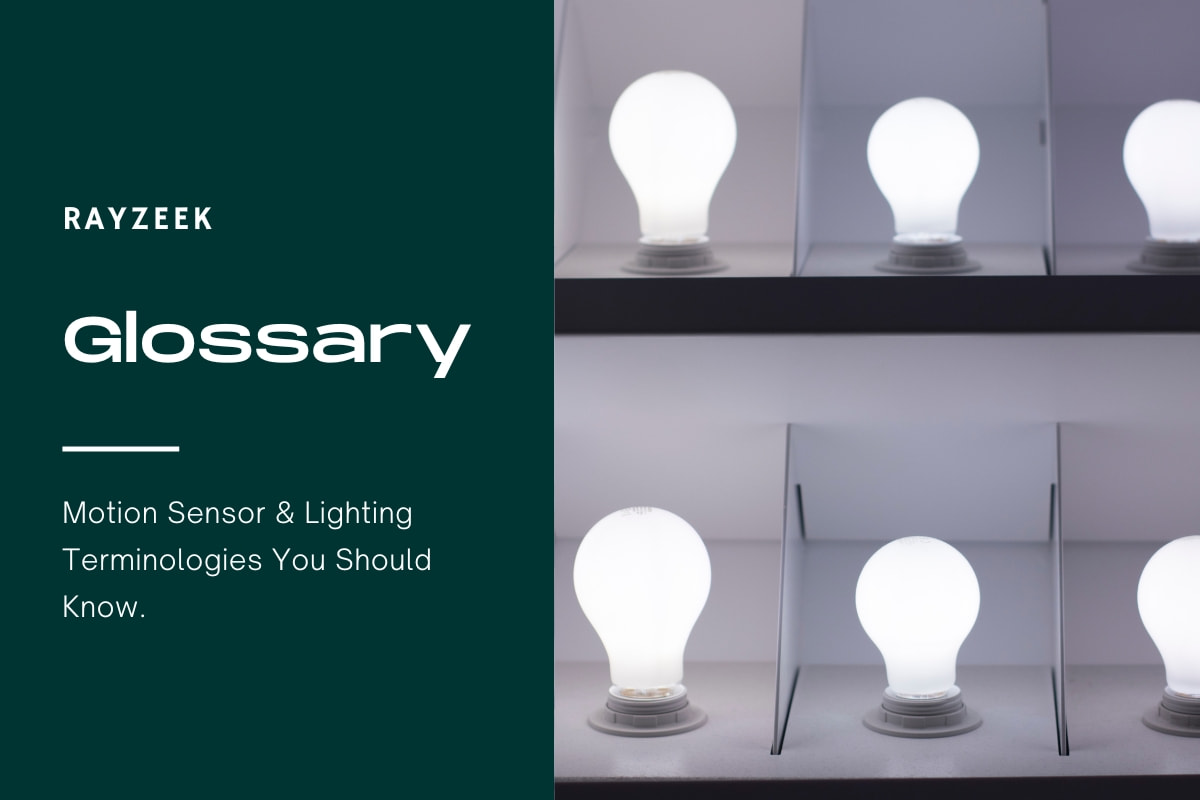What is Ballast
A ballast is a small device or control gear that is typically found inside a light fixture which supplies the necessary voltage to start the light and regulate the amount of current flowing to the light.
Get Inspired by Rayzeek Motion Sensor Portfolios.
Doesn't find what you want? Don't worry. There are always alternate ways to solve your problems. Maybe one of our portfolios can help.
There are two main types of ballasts commonly used in lighting fixtures: magnetic ballasts and electronic ballasts. Magnetic ballasts, typically found in older fluorescent fixtures, are known for their characteristic humming sound when the lights are on. They are more prone to problems and can go bad over time. Electronic ballasts are more commonly used in newer fixtures or those that have been updated. These ballasts are considered to be more energy-efficient and quieter compared to magnetic ballasts. They are also less prone to issues and failures.
A ballast is a crucial component that ensures the proper operation and stability of electric-discharge lamps, such as fluorescent and HID light sources. It provides the necessary circuit conditions for starting and operating the lamp, regulates the light output, and manages the distribution of energy throughout the lighting fixture. Without a ballast, the lamp will not start or operate correctly. The ballast ensures that the lamp stays lit by providing the necessary electrical energy to heat the lamp and keep its inner workings from dying prematurely.
Looking For Motion-Activated Energy-Saving Solutions?
Contact us for complete PIR motion sensors, motion-activated energy-saving products, motion sensor switches, and Occupancy/Vacancy commercial solutions.
Frequently Asked Questions
How Do You Tell if a Light Fixture Has a Ballast
Simply turn on the light fixture and capture a photo of it using your smartphone or digital camera. If the resulting image does not show any dark bands, it indicates that the fixture is equipped with an electronic ballast, which is compatible with direct drop-in LED tubes (with some exceptions, as explained in the next section).
What Happens if You Don’t Use a Ballast
Without a ballast, a lamp or bulb will experience a significant increase in its current draw, leading to uncontrollable behavior. The absence of a ballast prevents the power from stabilizing, which can be problematic when these lamps are connected to high power sources. However, with a ballast in place, the energy is regulated, preventing any sudden rise in current.
What Happens if I Don’t Bypass the Ballast on LED Lights
You risk damaging the LEDs if you fail to bypass the ballast on LED lights. The ballast in fluorescent lights requires a significantly higher starting voltage (around 600 V) to initiate them, which quickly drops to the regular line voltage. Depending on the tolerances of the LED circuit, it is possible for the LEDs to be destroyed.
Can You Use T8 LED Bulbs in a T12 Fixture
The primary distinction between T8 and T12 tubes lies in their diameter. T12 tubes have a diameter of 1.5 inches, whereas T8s are only one inch in diameter. Despite this difference, the socket sizes, lengths, and distance between pins remain the same for both types. Therefore, if you attempt to install T8 LED tubes in a T12 fixture, they will fit perfectly without any issues.
Can a Bad Ballast Cause a Fire
Overheating of fluorescent lights can potentially lead to fires. The excessive heat generated by the ballast can cause nearby combustible materials to ignite and may even result in the ballast itself exploding due to the buildup of gases.
Why Is My Fluorescent Light Not Working After Changing Bulbs
A lack of electrical power, a malfunctioning ballast, a faulty starter, or dead bulbs can all cause a fluorescent light to stop working after changing bulbs. It is important to first check for power, then inspect the starter (if applicable), and finally examine the bulbs. If none of these steps resolve the issue, it may be necessary to replace the ballast.
How Long Do Light Ballasts Last
The typical lifespan of a fluorescent light ballast ranges from 10 to 15 years. It is important to note that any ballast that surpasses this age should be regarded as having an increased likelihood of malfunctioning.
Do Ballasts Use a Lot of Electricity
Standard ballasts typically consist of a core and coil assembly. In the case of a typical fixture with two 4-foot 40-watt T-12 fluorescent lamps, the ballast itself consumes approximately 13 to 16 watts of electricity. Therefore, when considering the total consumption of the two lamps along with the ballast, it amounts to around 93 to 96 watts.
What Happens if You Put LED Light in With Ballast
There is no need to worry about using the wrong LED tube for your fixture when you opt for a ballast compatible tube. This is because, when you install these tubes, you will first remove or “bypass” the fixture’s ballast. By doing so, the power from the building will directly go to the lamp sockets, bypassing the ballast.
Can I Directly Replace Fluorescent Tubes With LED
Yes, it is possible to replace fluorescent tubes with LED tubes or LED-integrated fixtures. If you only need to replace the bulbs, you have the option to use plug-and-play, direct-wire, or hybrid LED tubes. Among these options, plug-and-play tubes are the most convenient to install since they do not require any rewiring of the fixture.









